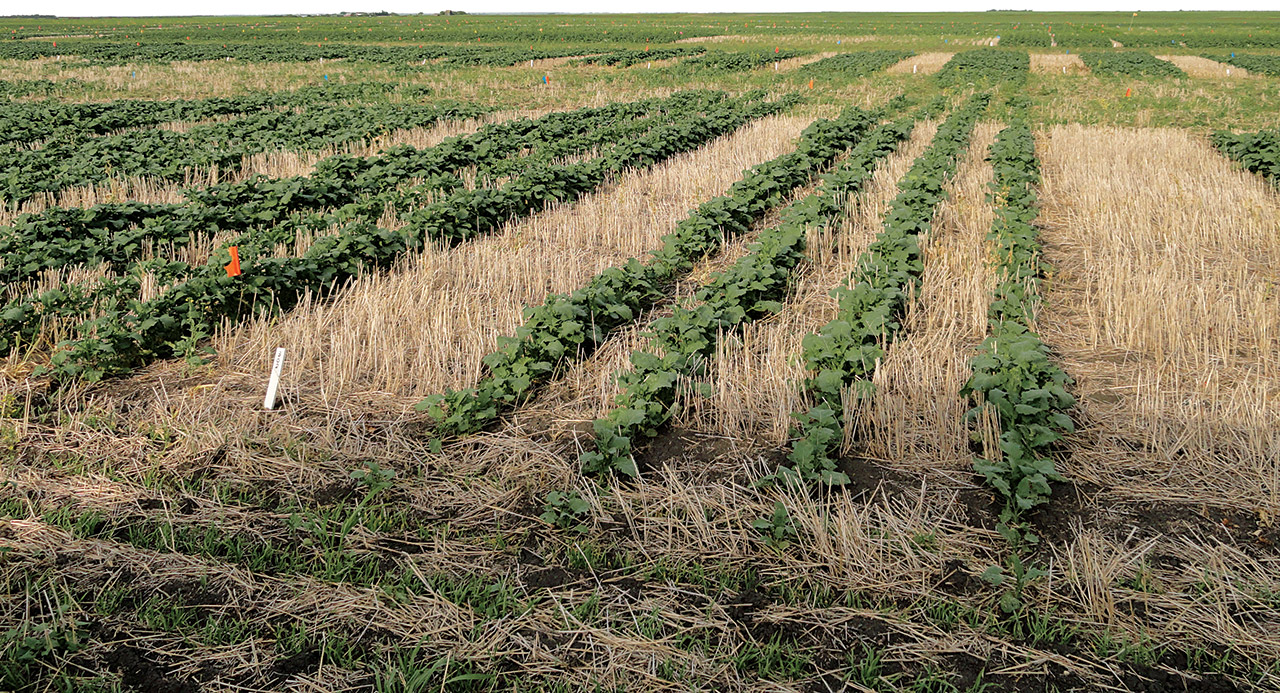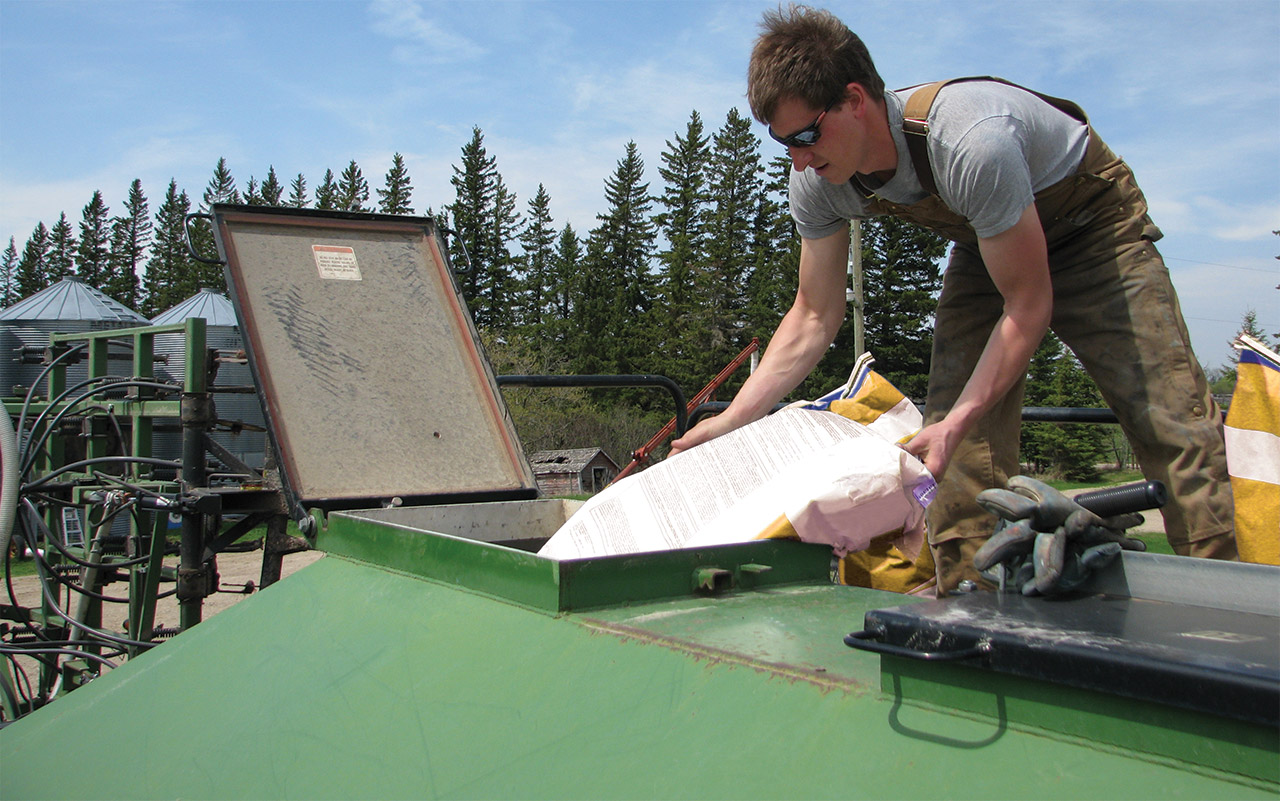Grower-funded research projects

Canola growers across the Prairies fund many research projects with their levy payments to Saskatchewan Canola Development Commission, Alberta Canola Producers Commission and Manitoba Canola Growers Association. Many of those projects are funded through the joint Canola Agronomic Research Program (CARP) – an arrangement that has been ongoing for almost 30 years. Other projects are funded through arrangements with other organizations listed in these summaries.
Here are short descriptions of and updates on all ongoing projects directly funded by provincial canola grower organizations.





